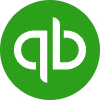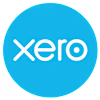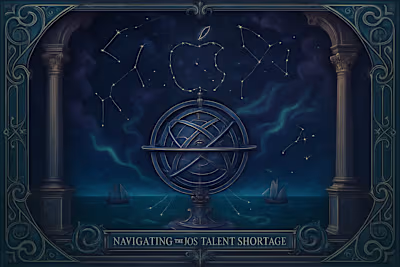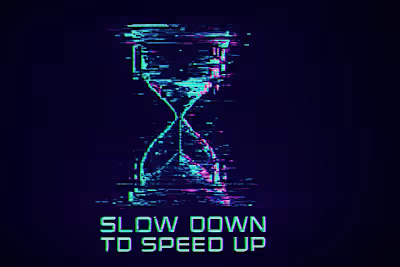Tools of the Trade: Essential Invoicing & Time-Tracking Apps for Solo iOS Developers
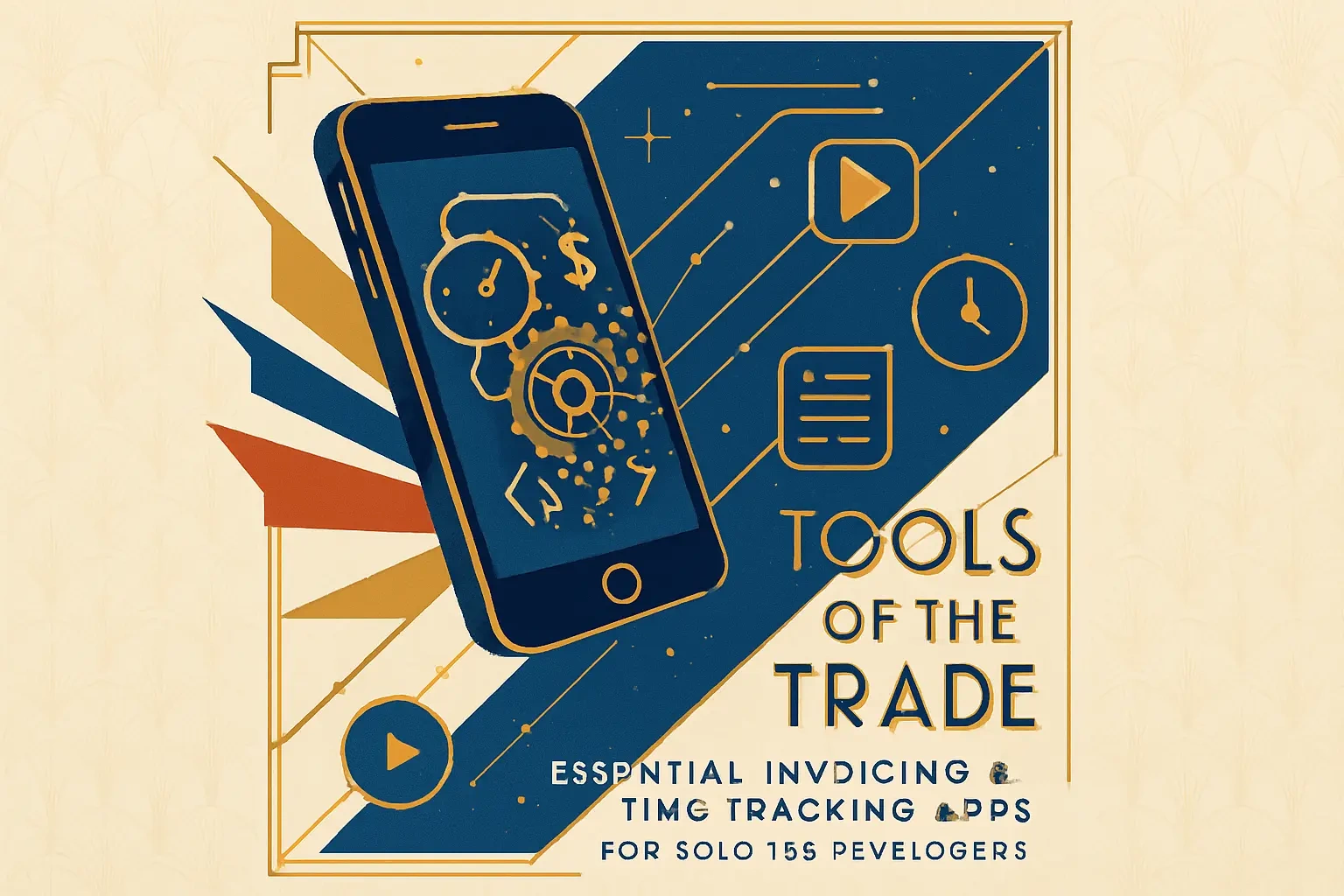
Tools of the Trade: Essential Invoicing & Time-Tracking Apps for Solo iOS Developers
Time-Tracking Software: Know Your Worth and Bill Accurately
Why Every Developer Should Track Time
Top Tool: Harvest
Top Tool: Clockify
Top Tool: Toggl Track
Invoicing and Accounting Software: Getting Paid Faster
Key Features of Good Invoicing Software
Top Tool: Hubstaff
Top Tool: Buddy Punch
Project Management Tools: Keeping Your Solo Projects on Track
Why Solo Devs Need Project Management
Top Tool: Trello
Top Tool: Notion
Top Tool: GitHub Issues
Building Your Ultimate Freelance Tech Stack
The Importance of Integration
Start Simple and Scale
Focus on the Workflow, Not Just the Tool
References
Tools of the Trade: Essential Invoicing & Time-Tracking Apps for Solo iOS Developers
Time-Tracking Software: Know Your Worth and Bill Accurately
Why Every Developer Should Track Time
Top Tool: Harvest
Top Tool: Clockify
Top Tool: Toggl Track
Invoicing and Accounting Software: Getting Paid Faster
Key Features of Good Invoicing Software
Top Tool: Hubstaff
Top Tool: Buddy Punch
Project Management Tools: Keeping Your Solo Projects on Track
Why Solo Devs Need Project Management
Top Tool: Trello
Top Tool: Notion
Top Tool: GitHub Issues
Building Your Ultimate Freelance Tech Stack
The Importance of Integration
Start Simple and Scale
Focus on the Workflow, Not Just the Tool
References
Posted Jul 6, 2025
Streamline your freelance workflow with the best tools. We review top invoicing, time-tracking, and project management software for solo iOS developers to boost productivity and get paid faster.

